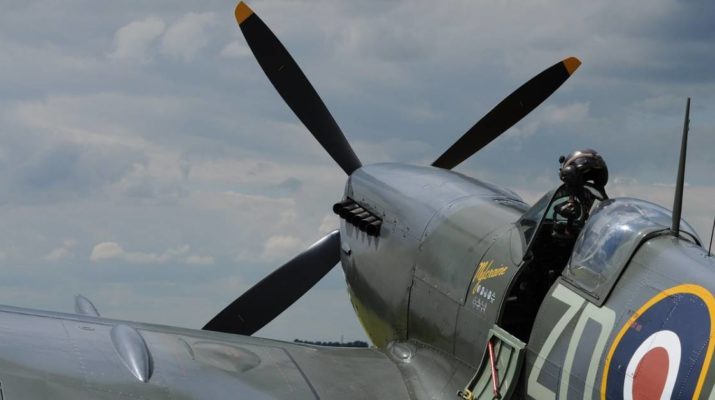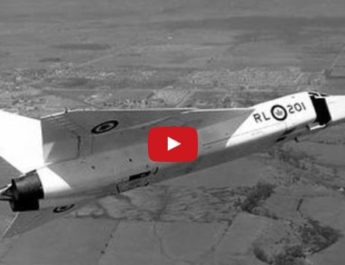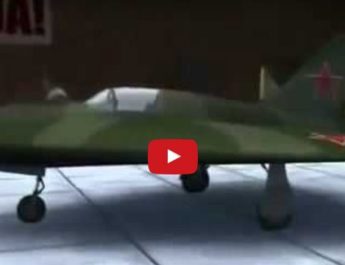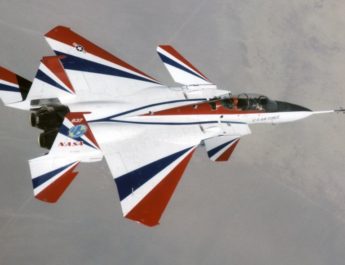The Supermarine Spitfire is a British single-seat fighter used by the RAF (Royal Air Force) and many other Allied air forces, during, and after the Second World War.
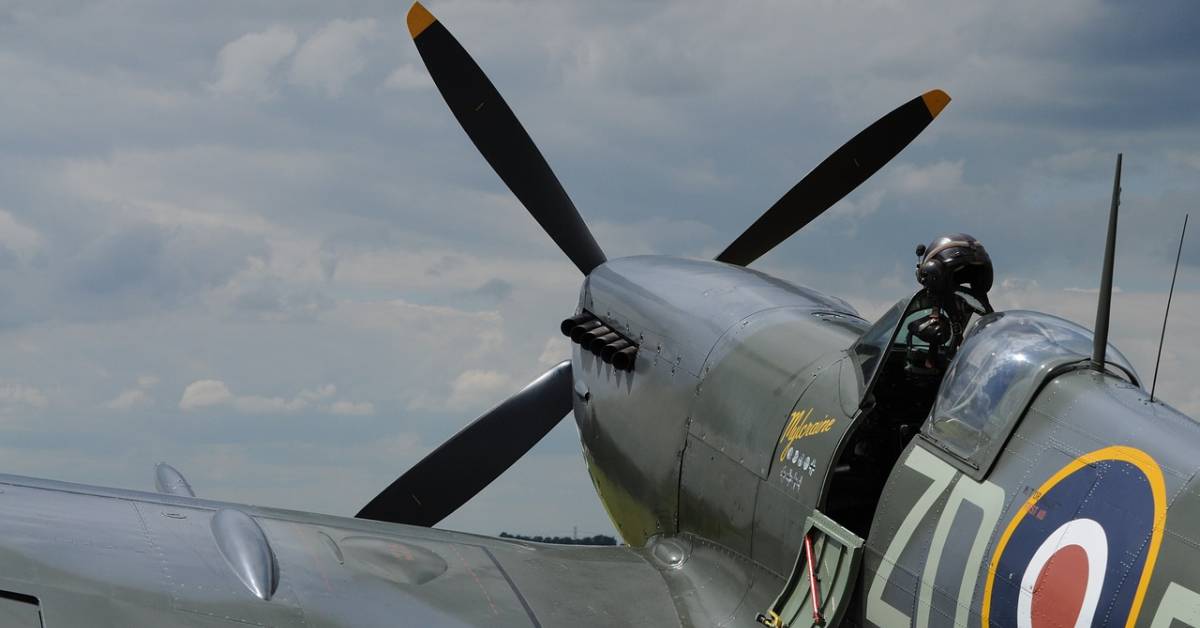
Many variants of the Spitfire were built, and it was produced in greater numbers than any other British aircraft. It was also the only British fighter produced continuously throughout the war.
R. J. Mitchell, chief designer at Supermarine Aviation Works, designed Spitfire as a high-performance interceptor. He constructed the Spitfire’s distinctive elliptical wing to have the thinnest possible cross-section, helping give the aircraft a higher top speed than other fighters of that time.
After the death of Mitchell in 1937, his colleague Joseph Smith succeeded him as chief designer. He supervised the Spitfire’s development through its multitude of variants.
Even thou the more numerous Hurricane shouldered a greater proportion of the burden against the Luftwaffe, during the Battle of Britain, the public recognized the Spitfire to be the main RAF fighter.
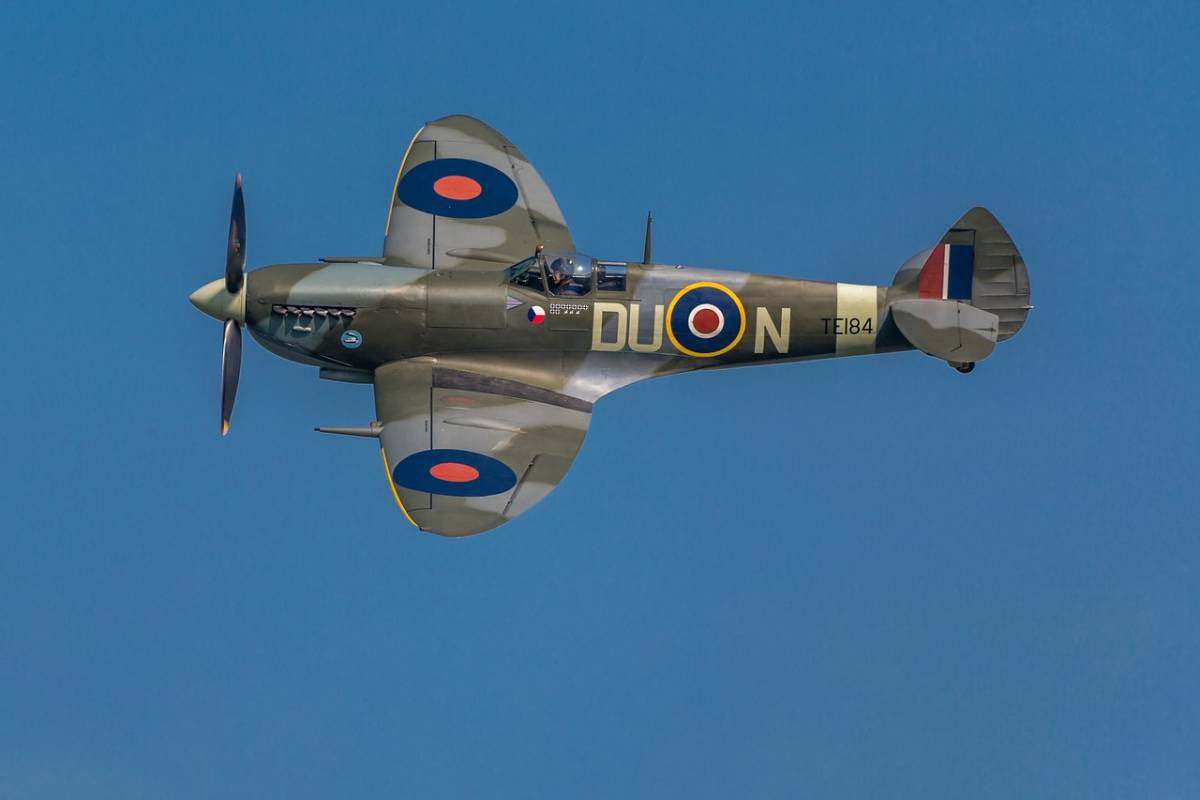
The reason for that was the fact that Spitfire squadrons had a lower attrition rate and a higher victory-to-loss ratio than squadrons flying Hurricanes because of the Spitfire’s higher performance. During the Battle of Britain, Spitfires were mostly engaging Messerschmitt Bf 109E, which were a close match for them.
After the Battle of Britain, the Spitfire became the backbone of RAF Fighter Command, and saw action all over the European, Pacific, and South-East Asian battlefields.
Highly appreciated by its pilots, the Spitfire served in several roles, including interceptor, photo-reconnaissance, fighter-bomber, and trainer, and it continued to serve in these roles until the 1950s.
The Seafire was a carrier-based adaptation of the Spitfire that served in the Fleet Air Arm from 1942 through to the mid-1950s. Although the original air frame was designed to be powered by a Rolls-Royce Merlin engine producing 1,030 hp (768 kW), it was strong enough and adaptable enough to use increasingly powerful Merlins and, in later marks, Rolls-Royce Griffon engines producing up to 2,340 hp (1,745 kW). As a result, the Spitfire’s performance and capabilities improved over the course of its service life.
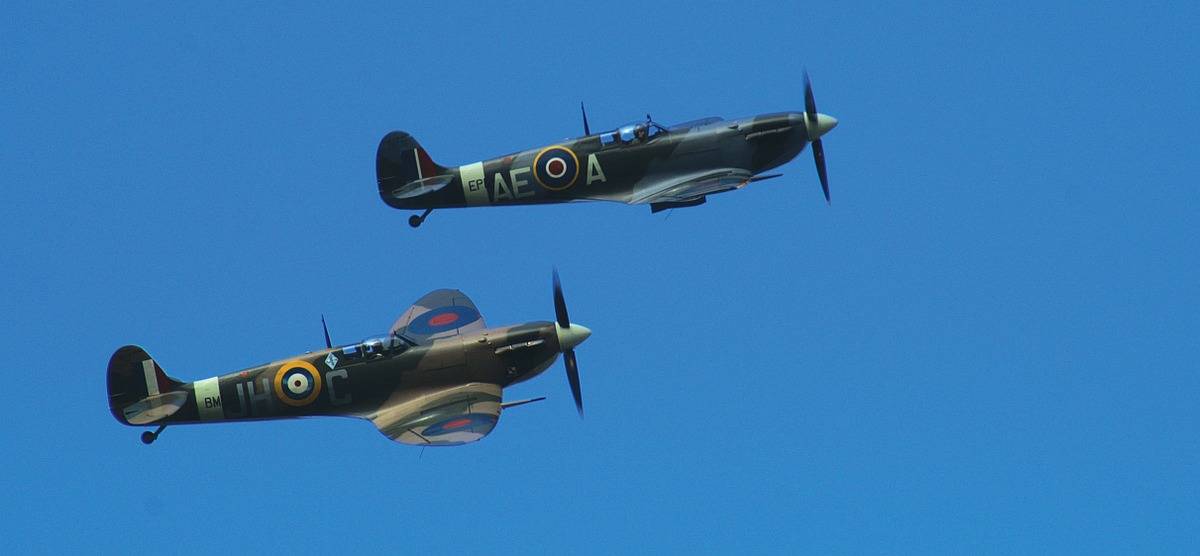
To this day, the Spitfire remains in our minds as the fighter aircraft that saved Britain from invasion and defeat.
Spitfire: The Birth of a Legend tells the story of this legendary aircraft from a radical design on the drawing board to the fighter aircraft that became the symbol of Britain’s determination to fight on to victory.
The story, along with dramatic archive and color films of aerial combat, graphically illustrates the appeal and fascination the Spitfire has maintained since it fought in WWII.
Featuring interviews with Alex Henshaw, pre-war record-breaking flyer, as well as the pilots who flew and fought in this celebrated aircraft in its finest hour against the Luftwaffe.
The Spitfire continues to be popular among enthusiasts. Nearly 60 of them are still flying and many more are in aviation museums all over the world.
